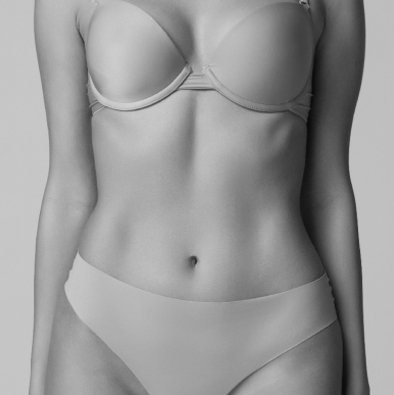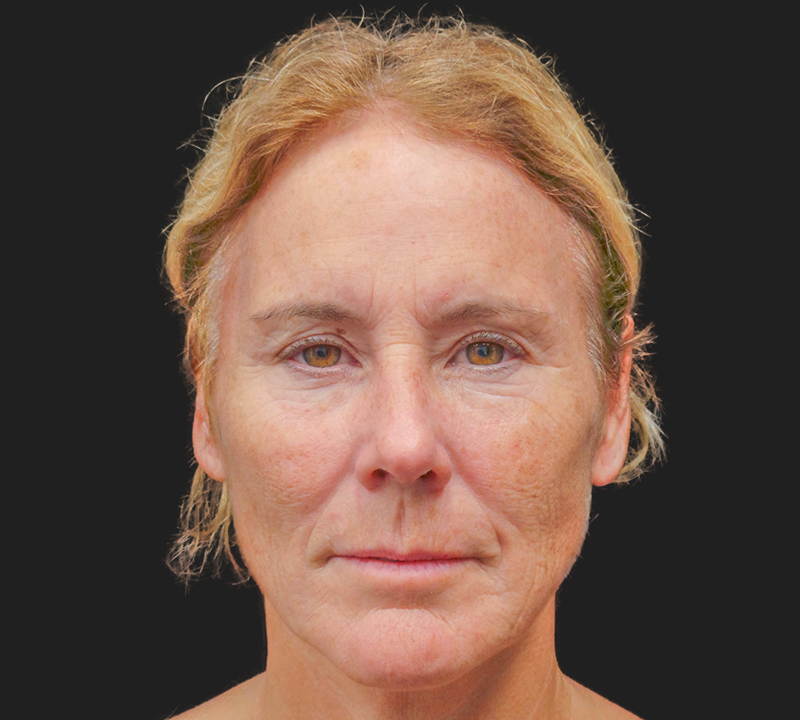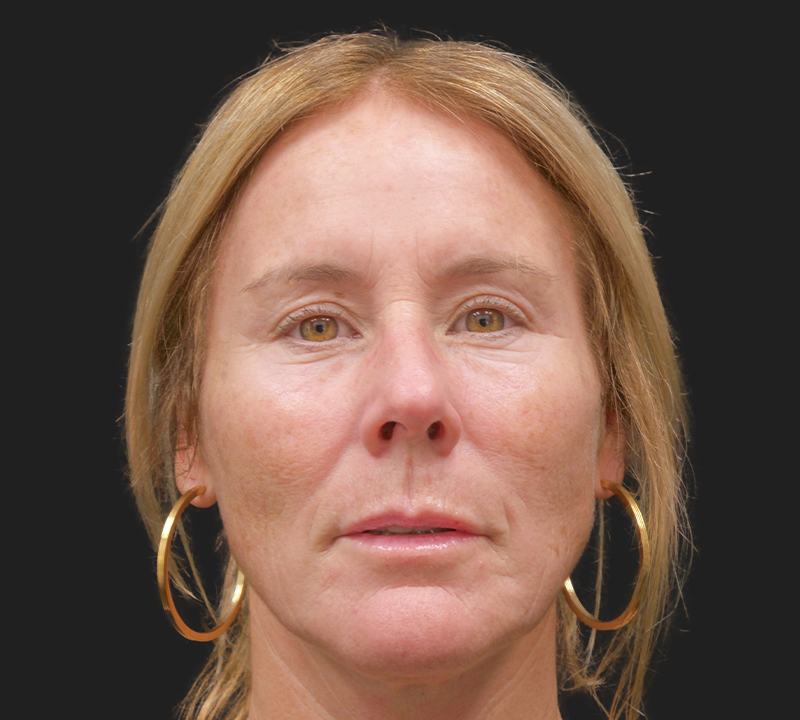Facelift in NYC
Are you looking tired but feel great? Do you hesitate before looking in the mirror, not wanting to see what looks back? Are you looking older than you should? Perhaps it’s time to consider Facelift Surgery from NYC plastic surgeon Dr. Kevin Tehrani. Discover a new realm of beauty and confidence with Aristocrat Plastic Surgery and MedAesthetics, where your journey to timeless beauty begins. With a legacy of excellence and innovation, our renowned surgeons and dedicated cosmetic surgery team offer personalized facelift solutions. Experience the perfect blend of artistry and science in a luxurious and supportive environment. Rediscover your confidence and reveal a rejuvenated you with Aristocrat.read more
Our renowned clinic offers a harmonious blend of cutting-edge techniques and personalized care, ensuring a rejuvenating facelift experience tailored to your unique desires. You can trust in our skilled team to unveil your timeless beauty, as we craft exquisite transformations that reflect your inner vitality. Your journey to timeless allure begins here!read more

What is a Facelift?
A facelift (rhytidectomy) is a procedure designed to improve the most visible signs of aging. By removing excess skin and fat, tightening underlying muscles, and re-draping the skin of your face and neck, Dr. Kevin Tehrani will turn back the clock on your facial appearance.
The surgery corrects a sagging neckline, the appearance of jowls, the deposit of fat along the jawline and neck, and a deepening of the lines between the nose and corners of the mouth (nasolabial folds).
To treat aging of the eyes and brow, separate procedures like forehead lift or eyelid surgery (blepharoplasty), can be done in conjunction with the facelift. Another procedure done concurrently with rhytidectomy is nose surgery (rhinoplasty).
The goal of a facelift is a youthful facial appearance. Although aging does not stop, a facelift can push back the baseline, in most cases ten years, to give you the self-confidence that comes with a younger look. The results will not wear off, but when further aging occurs, you can choose to have a secondary facelift in the future.
Dr. Kevin Tehrani has been providing natural-looking facelifts for his patients for decades. In Manhattan and the NYC City area, you have several options when choosing a surgeon for your facelift procedure.
The more information you have about the procedure and the options available, the better equipped you will be to make a wise decision. When choosing Dr. Tehrani, we want you to feel comfortable. So, call today for more information and to schedule your consultation.
You can contact us for your facelift consultation by calling in NYC 212-439-9900 for our Manhattan office, or for our Great Neck office 516-498-9790.
read more
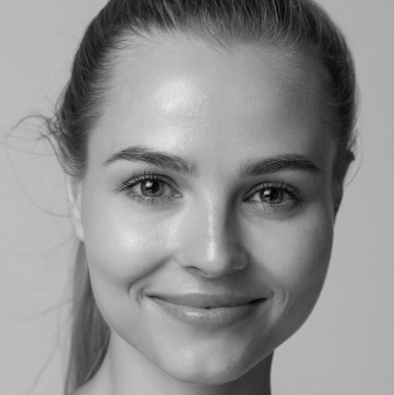
Who Is A Candidate for a Facelift?
We give great consideration to the facial bone structure and skin elasticity for planning and execution of a facelift. Candidates include men and women whose faces and necks are beginning to sag – typically between the ages of 45 and 70. They may have sagging under the chin, emerging jowls, and prominent cheek lines.
There are exceptions. Some people age prematurely and consider the surgery at a younger age. Here, we consider the patients’ actual appearance rather than their age.
Some patients may be candidates for more limited procedures, like a minimal incision facelift or a neck lift, which tightens the neck only. Dr. Tehrani can do this with limited scarring.
The ideal candidate for a facelift is an individual who is seeking to address signs of facial aging and restore a more youthful and refreshed appearance. While there is no one-size-fits-all answer, several factors contribute to determining who might be a suitable candidate for a facelift:
- Age: The typical age range for facelift candidates is between 40 and 70 years old. However, age alone is not the sole factor; the individual's overall health and the condition of their skin play a significant role.
- Skin Elasticity: Ideal candidates have some degree of skin elasticity. This elasticity allows the surgeon to achieve more natural and lasting results. If the skin has lost too much elasticity, other treatment options might be recommended.
- Physical Health: Good overall physical health is crucial for any surgical procedure. Candidates should be in general good health, without any significant medical conditions that could increase the risks associated with surgery.
- Realistic Expectations: Candidates should have realistic expectations about the outcomes of the procedure. A facelift can certainly provide significant improvements, but it cannot completely halt the aging process or make a person look decades younger.
- Non-smoker: Smoking can impede the healing process and increase the risk of complications. Ideal candidates are non-smokers or are willing to quit smoking for a significant period before and after the procedure.
- Emotional and Psychological Well-being: Undergoing any surgical procedure requires emotional stability and a healthy mindset. Candidates should be making this decision for themselves, not under pressure from others.
- Specific Concerns: Facelift candidates often have specific concerns such as sagging skin in the midface, jowls along the jawline, deep creases around the mouth, or loose skin and excess fat in the neck area.
- Realistic Goals: Candidates should have specific areas of concern they want to address through the facelift. It might be to restore a more defined jawline, eliminate excess skin, or reduce the appearance of wrinkles.
- Consultation with a Qualified Surgeon: A consultation with a board-certified plastic surgeon is crucial. The surgeon will assess the candidate's individual anatomy, discuss their goals, and recommend the most appropriate procedures to achieve those goals.
- Recovery and Downtime: Facelifts require a period of recovery and downtime. Ideal candidates should have the flexibility to take time off work and social commitments for proper healing.
- Support System: Having a support system in place during the recovery period is essential. This includes someone to help with daily activities and to provide emotional support.
Remember that each individual is unique, and the suitability for a facelift can vary widely. A thorough consultation with Dr. Tehrani is the best way to determine if a facelift is the right option and to customize the procedure to your needs and goals.
read more

In the past, a standard facelift was the only option. This one-dimensional operation involved simply removing excess skin and tightening it. Consequently, many facelifts were obvious, and patients ended up with a pulled look.
Today, we give more attention to the deeper layers of the face, which are also affected by age and gravity. The multi-level procedure Dr. Tehrani uses requires less pulling on the skin, so it provides a natural, less surgical, and long-lasting result.
The operation takes 2–3 hours. Incisions are usually above the hairline at the temples, extending in a natural line inside the cartilage at the front of your ear, and continuing behind the earlobe to the lower scalp. If the neck needs tightening, Dr. Tehrani may make a small incision under the chin. Scars are hidden under your hair or behind the ear.
Dr. Tehrani lifts the facial skin and may trim or liposuction out some fat. He will tighten the underlying muscle and membranes, and remove excess skin. He will lift the skin from the fat and muscle below. Fat may be trimmed or suctioned from around the neck and chin as well to improve the contour. Great care is taken to avoid a pulled appearance or a change in your natural expression. Then, Dr. Tehrani will close the incisions with fine stitches.
At the completion of the facelift, we apply a bandage of cotton and linen to your face and neck, and you are awakened and taken to the recovery room.
read more
What is the Facelift Procedure?
What to Expect from Facelift NYC
What to Expect from Facelift NYC
Dr. Tehrani may request you to visit your primary physician for a check-up and any necessary lab work and x-rays. We will provide you with precise preoperative instructions, and all the necessary prescriptions in advance of your surgery. All aspirin, aspirin-containing products, and anti-inflammatory products must be stopped ten days before and ten days after surgery. We will provide you with a complete list of which medications to avoid. You may take Tylenol during this time, and we will also give you a list of vitamins and homeopathic preparations to take before and after your surgery to promote healing and limit bruising. read more
Facelift Anesthesia
A facelift is an outpatient procedure, usually done under general anesthesia. In some cases, however, local anesthesia with intravenous sedation may be used. Dr. Tehrani and our anesthesiologists will help you with this decision. read more
After Facelift Surgery
You will spend 1–2 hours in the recovery room. When you are fully alert and ready for discharge, we recommend you stay in an aftercare facility for a 2-night stay, so care can be provided to you around the clock by licensed nurses. Some of our patients prefer to be cared for at home, however. In which case, we can arrange for a private nurse. read more
Choosing Your Facelift Surgeon in NYC
The most critical decision for a facelift in NYC is choosing your surgeon. You must consider:
- Are they board-certified in plastic surgery?
- Are they experienced in rhytidectomy?
- Where will the surgery be performed? Is it accredited?
- Were they available during the consultation?
- What procedures do they offer?
- Did they listen to your concerns and answer your questions?
These concerns are important for peace of mind. You must have confidence in your plastic surgeon, and be comfortable with the whole team. Your relationship with the entire staff should be a vital concern.
read more
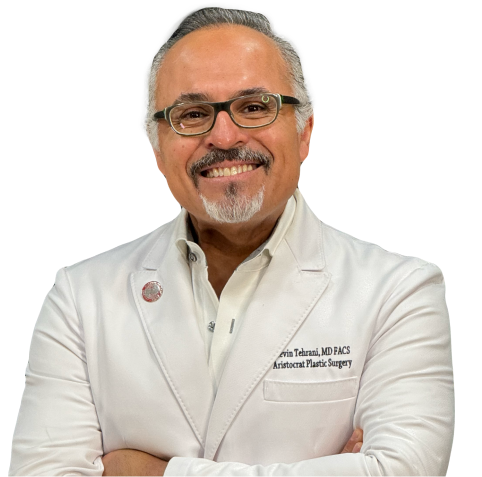
Meet Dr. Kevin Tehrani, MD FACS
Immediate Post-Operative Period
Recovery from a facelift procedure is a crucial phase that follows the surgical intervention designed to rejuvenate and enhance the appearance of the face and neck. It's important to note that individual experiences may vary, and it's essential to follow Dr. Tehrani’s specific post-operative instructions for the best outcome. Below is a general overview of what to expect during the recovery period:
Immediate Post-Operative Period (Day 1-2):
Medical Supervision: After the facelift surgery, you will spend some time in the recovery area under medical supervision. The medical staff will monitor your vital signs and ensure that the initial recovery is proceeding as expected.
Bandages and Dressings: Your face will be wrapped in bandages to minimize swelling and support the healing process. There might also be small drainage tubes placed near the incision sites to prevent the buildup of excess fluids. The following morning, we remove all your bandages in our office, and after an examination, we will apply lighter bandages. We will give you instructions to care for your incisions and stitches, which we will remove in seven to ten days.
Discomfort and Pain: Some discomfort, swelling, and mild pain are common during the initial days. Dr. Tehrani will prescribe pain medications to help manage any discomfort. Most patients suffer no pain after a facelift, while others describe the pain as minimal. We will prescribe medication, although many patients stop needing it after the first day. Sleeping with your head elevated can significantly reduce swelling, bruising, and mild discomfort.
Activity Level: You will be encouraged to rest and avoid any strenuous activities during the first few days.
First Week:
Swelling and Bruising: Swelling and bruising around the face and neck are to be expected. These will gradually subside over the course of several days to weeks. There may be mild to moderate bruising and swelling for approximately one week. You can apply makeup after one week.
Bandage Removal: Typically, the bandages and drainage tubes will be removed a day or two after the surgery.
Stitches Removal: If non-dissolvable stitches were used, they might be removed within the first week.
Initial Follow-up: You'll have your first post-operative follow-up appointment with Dr. Tehrani to assess your healing progress. He might make recommendations for scar care and provide instructions for managing swelling.
Limited Activities: You should continue to avoid vigorous activities and exercises that could strain the healing incisions.
read more
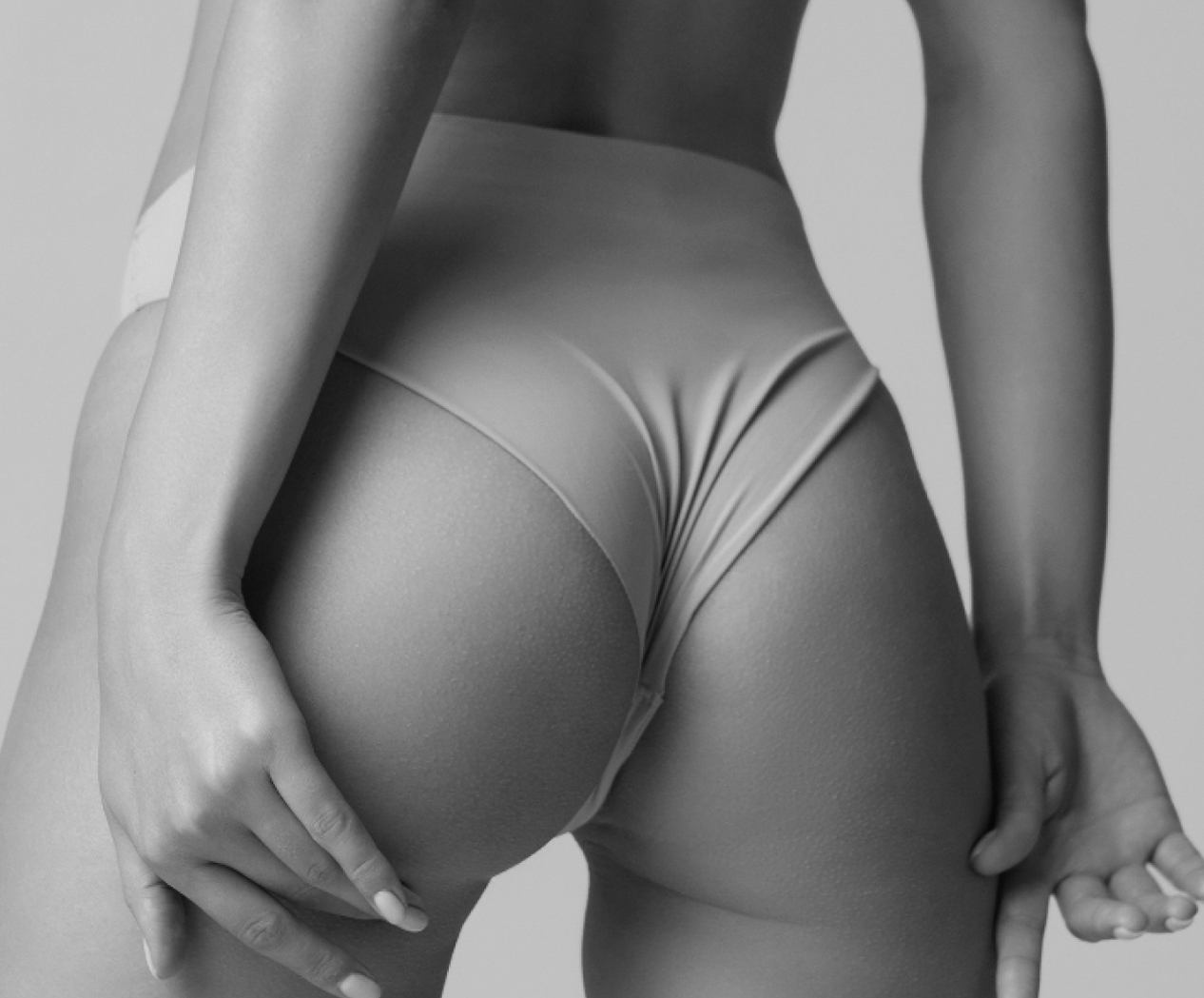
Long Term Recovery
Second Week:
Scar Management: Dr. Tehrani may advise you on scar care techniques, such as applying ointments or silicone sheets, to help minimize the appearance of scars.
Gradual Return to Normal Routine: Depending on your healing progress, you might be able to gradually reintroduce some light activities and possibly return to work if your job does not require strenuous physical exertion.
Continued Swelling Reduction: Swelling will continue to decrease, though some residual swelling might persist for several weeks.
Third to Sixth Week:
Resuming Activities: With Dr. Tehrani’s approval, you can gradually return to more normal daily activities, including light exercise. Most patients return to work and social activities after two weeks. You must avoid strenuous physical exercise for 2–3 weeks.
Finalizing Results: While most of the swelling should be gone by this point, the final results of the facelift may still take a few months to fully emerge as residual swelling subsides and the tissues settle into their new positions.
Sun Protection: Protecting your skin from sun exposure becomes important at this stage to prevent potential complications and to aid in scar healing.
Long-Term Recovery (Several Months):
Final Results: After a few months, the majority of swelling and bruising should have resolved, and the final results of your facelift will become apparent.
Scarring: Scars will continue to mature and fade over time. Following your surgeon's scar care instructions is vital during this phase.
Follow-up Appointments: Dr. Tehrani will schedule periodic follow-up appointments to monitor your progress and address any concerns.
It's important to remember that each individual's recovery timeline can vary based on factors such as age, overall health, genetics, and the specific techniques used during the facelift procedure. Maintaining open communication with Dr. Tehrani and diligently following his post-operative instructions will significantly contribute to a successful and satisfying recovery outcome.
read more
Get in touch
To schedule a consultation, please fill out the form below or call us at our Manhattan or Great Neck office locations.
"*" indicates required fields
Frequently
Asked Questions
Who is a good candidate for a facelift?
Healthy adults with noticeable sagging or deep wrinkles who desire a more youthful appearance often qualify. A consultation helps determine your candidacy.
How is a facelift performed?
Dr. Tehrani makes discreet incisions around the hairline and ears, lifts and repositions underlying tissues, then removes or tightens excess skin for a refreshed look.
How long is the recovery?
Most patients resume light activities in 1–2 weeks. Full recovery may take up to 4–6 weeks, depending on individual healing.
Are there any risks or complications?
As with any surgery, risks include swelling, bruising, infection, and scarring. Choosing an experienced surgeon like Dr. Tehrani helps minimize complications.
How long do the results last?
Results can last for many years, although the natural aging process will continue. Proper skincare and sun protection help prolong outcomes.


